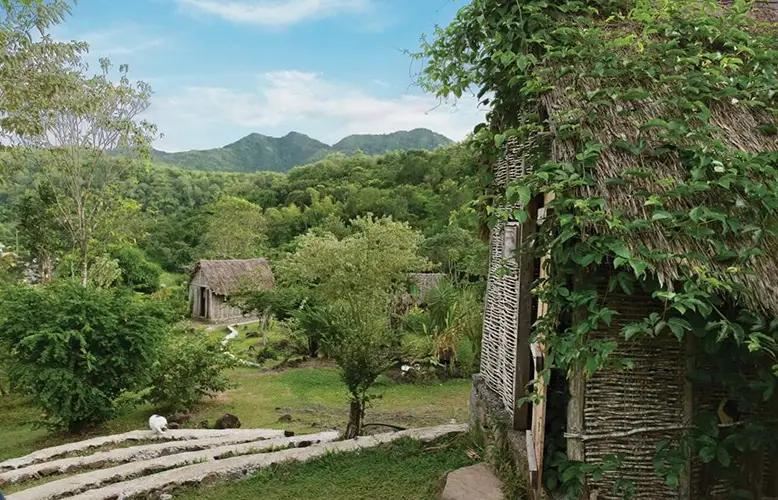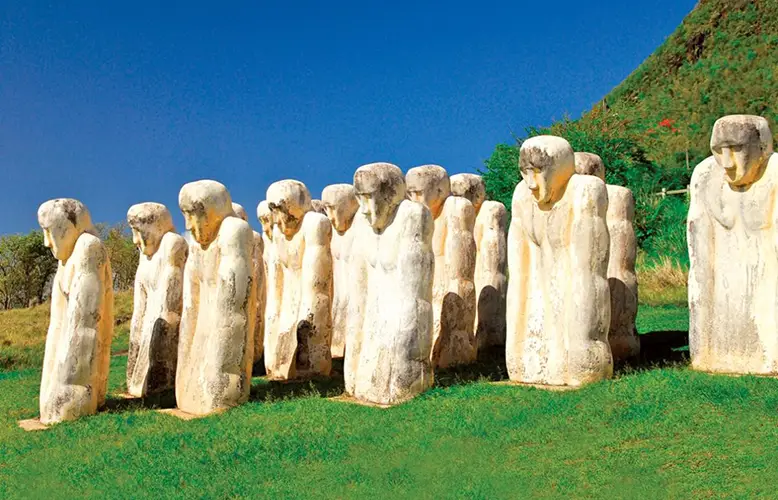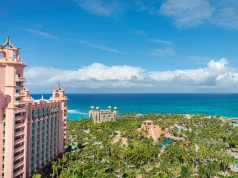The Caribbean island of Martinique is set to mark its calendars this month with an important occasion on May 22, commemorating the 176th anniversary of the abolition of slavery. With a robust and complex history dating back to the 17th century, this date immortalizes the struggle against oppression and represents a celebration of Martinicans’ long fight for freedom and justice. Each year, islanders come together hand in hand to reflect on this past and honour the sacrifices made on the journey to the independence the island has today.
On May 22, 1848, the French government officially abolished slavery in Martinique, putting an end to a dark period. This marked a significant shift in the island’s core, from the first Amerindian inhabitants to the arrival of Europeans, colonization, and departmentalization. But despite it all, the Martinicans, with their unwavering spirit, managed to preserve their cultural identity and aspects of their beloved traditions. In a true testament to their resilience, their vibrant Creole culture, once suppressed, returned to prominence and continues to flourish today.
As difficult as this history is, Martinique’s tumultuous story paints an inspiring picture of its people’s spirit. With several museums and historical sights devoted to preserving the island’s abolitionist history, visiting these sites offers a compelling, educational component to any vacation. These are not just places of interest, but important reminders of the enduring legacies of slavery that we must never forget.
Martinique’s Monuments to History

La Savane des Esclaves: Located in Trois-Îlets, this 3-hectare village takes locals and visitors on a historic journey back over 400 years, educating those about the abolition of slavery. Inviting you to explore an ancient Amerindian village with traditional houses and Creole huts, like the Maison de la Canne. The site not only exudes natural beauty but also reflects the passion of its owner, Gilbert Larose. Preserving the heritage of his ancestors, Larose’s devotion ensures that the village’s history and cultural significance are celebrated and remembered. Visitors are encouraged to embark on their own self-guided tour with a provided map.

Mémorial de l’Anse Caffard (Cap 110): Nestled in Le Diamant, the Mémorial de l’Anse Caffard is perched on a cliff overlooking the Anse Caffard. This memorial signifies the unidentified victims of the slave trade with 15 two-and-a-half-meter-tall statues. Their triangular arrangement and posture communicate a sense of mourning and collective memory. Each statue represents a person stripped of individual characteristics, highlighting the anonymity and mass suffering of the enslaved. Serving as both an art installation and a place of remembrance, the spot pays tribute to Martinique’s complex history surrounding the topic of slavery.
Martinique Today
Martinique is committed to preserving its multifaceted history and is deeply dedicated to educating about and raising awareness of past injustices. This unwavering commitment helps protect Martinicans’ rights and celebrates the island’s cultural diversity, driving it toward a more inclusive and egalitarian society. Venturing onto the island of Martinique, one is immediately surrounded by a diverse cultural tapestry, with influences that span from Amerindian to Creole, African, French, and even Indian. This rich blend shapes a flourishing cultural landscape, where the food, people, sights, sounds, and smells vividly reflect the island’s vibrant heritage from the past to the present. Get to know Martinique this month by retracing its history as it has a powerful and rich story to tell. With a painful past, this story is marked by a mosaic of cultures, influential figures, the emergence of a unique language, and strong traditions. Explore Martinique’s profound historical roots through its museums and historical sites, which welcome both locals and visitors. On May 22, open your hearts and minds to the rich tapestry of the island’s past.




